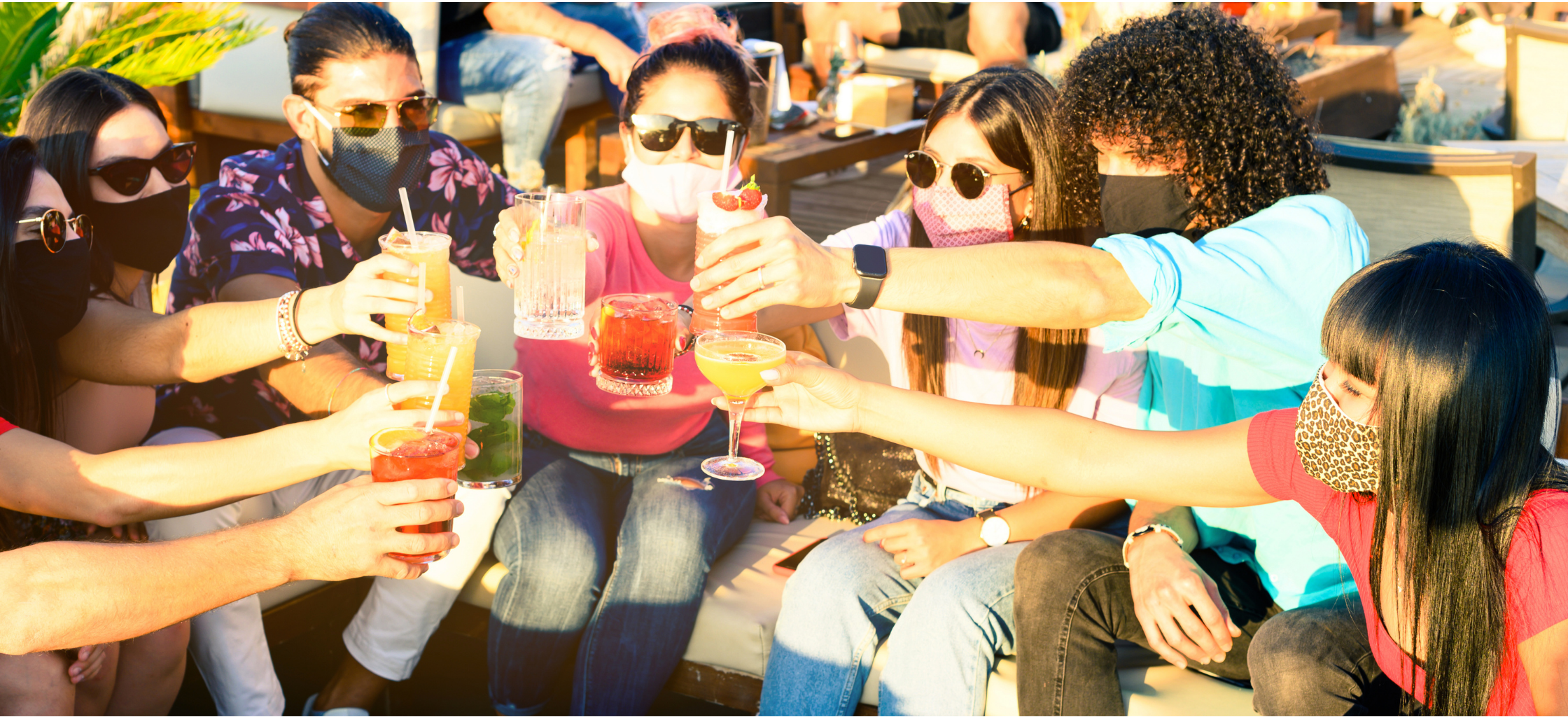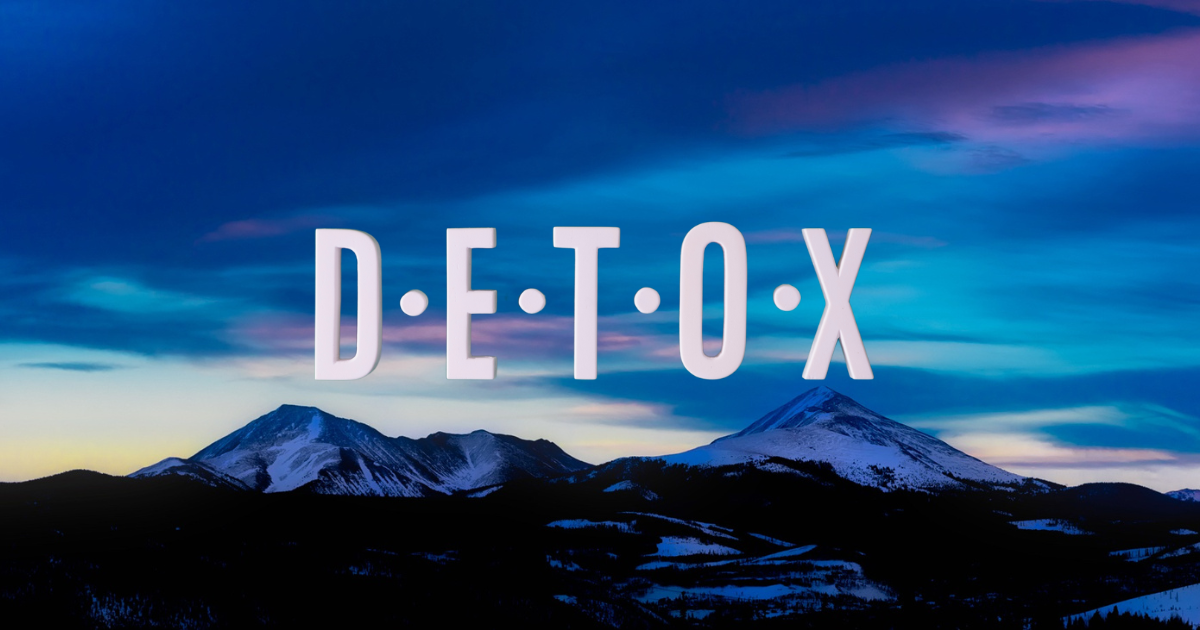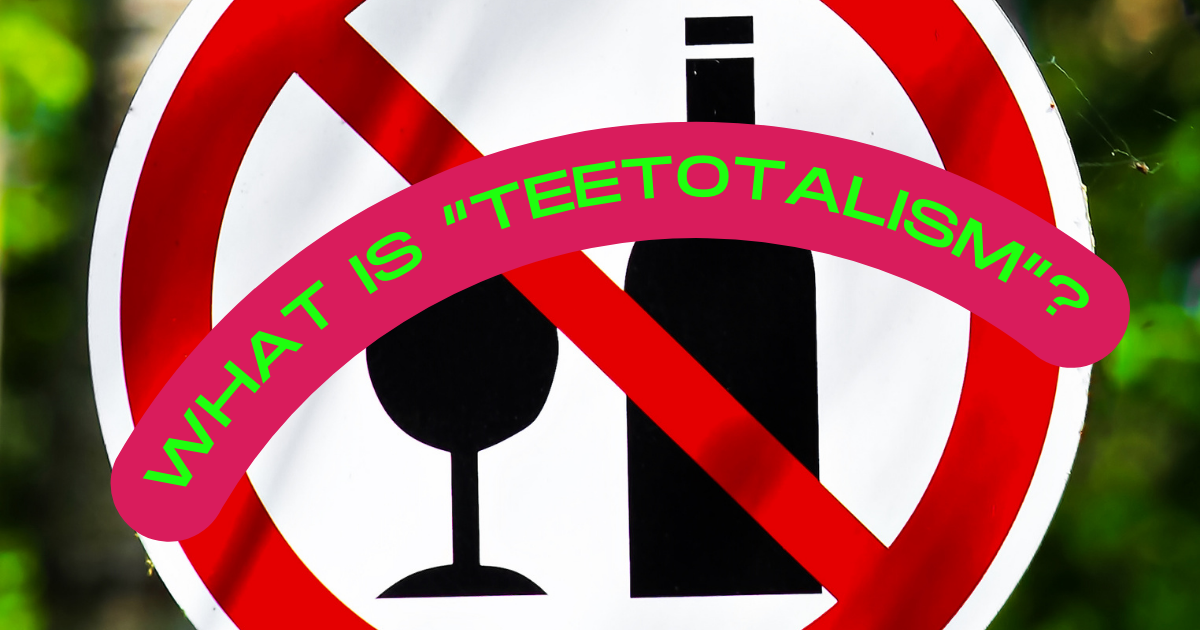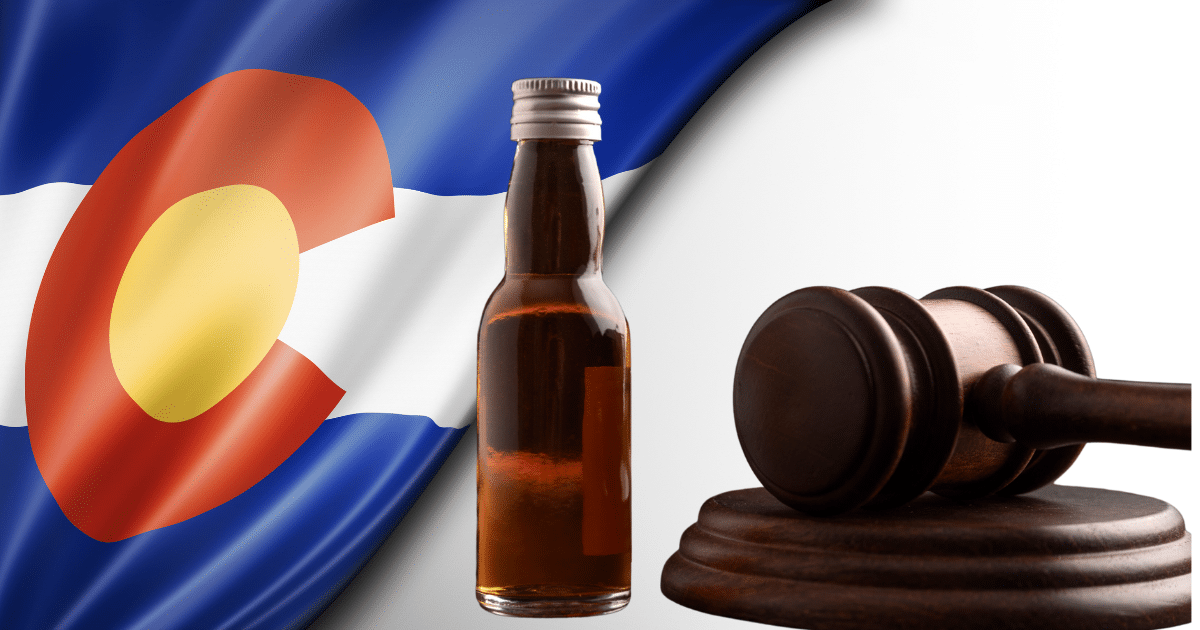The digital glow from a social Zoom call, a drink, four drinks, and the next moment you are a whole six pack in and stumbling around the house wondering why you are still awake at 2:43 AM. Sound familiar? Perhaps you were someone who experienced a night like this over the last year-and-a-half. You would not be alone—there were millions in America who had the same experience.
Alcohol is one of humankind’s dearest substances of choice. We drink to celebrate, we drink to mourn, and we drink to worship. An analysis of human history would not be complete without discussion of the countless ways alcohol has shaped behavior and culture. In this moment of our history, during a once-in-a-century pandemic, we can definitively say we are continuing the cycle at the rate by which we drink to escape the daily news of COVID-ravaged communities.
When stay at home orders were issued at the beginning of the pandemic, we saw states and localities passing bills that allowed for restaurants and other establishments to prepare and serve takeout drinks and expand or allow alcohol delivery services. These changes made alcohol easier than ever to access. There were many reasons for these changes including helping restaurants remain open, as alcohol sales contribute to a large portion of revenue. However, another reason behind this change was likely a preventative measure to keep individuals who are suffering from alcohol dependence from going through potentially fatal withdrawal symptoms, such as dangerous seizures.
The tradeoff with alcohol takeout and delivery is the greater rates of negative health effects caused by excessive drinking over a long period of time. With greater freedom comes great responsibility, and the statistics do not always play out the way we want them to. The amount of recent memetic content influencing society at large, such as the media’s normalization and encouragement of excessive drinking culture (“Mommy needs her glass of wine!”), has admittedly done damage. People should have the liberty to make choices contrary to their best interests, which many make use of to cope with negative stimuli; this is the simplest explanation of what happened during this difficult period. As an organization that directly deals with substance abuse every day, we feel it is imperative to stand athwart this moment in history and yell “we are here to help” through offering the vital services people need to keep them from falling prey to addiction.
While many who found themselves imbibing more frequently or consuming more alcohol in a day than typical during the pandemic lockdown were able to rebalance once communities began to open back up. However, a more vulnerable population were individuals who may be predisposed to addiction or were in early recovery from a substance use disorder when the pandemic hit. Without a structured daily routine or in person interaction with peers or colleagues that the typical workday afforded, individuals struggling with alcohol use disorder saw the return to “normal” consumption patterns become unattainable.
Since March 2020, the rate of alcohol use has seen an increase of 14%. Not all alcohol use during the pandemic was necessarily problematic; however, many people experienced periods of increased use beyond his/her normal patterns and for some dependent patterns developed. According to the WHO, in 2016 7.7% of adults in the US were alcohol dependent. “Excessive drinking”, as the CDC calls it, can lead to severe health problems over a long term. This can take the form of “binge drinking” (4 drinks for women and 5 for men in a single occasion) or “heavy drinking” (8+ drinks for women and 15+ for men in a single week). 90% of excessive drinkers are not alcohol dependent, but for the 10% who are, social isolation can have disastrous effects.
As with all complex social issues, the intersection between alcohol consumption and social isolation brought second-order consequences as well. Throughout 2020, alcohol sales online increased by 234%, while the restaurant and bar industries experienced a decline in alcohol sales. The 234% increase in online alcohol sales does not necessarily paint the full picture. While many of these statistics show drastic increases in certain areas, such as online sales of alcohol, general alcohol sales only saw a total increase of 4%. The Organization for Economic Co-operation and Development estimates that long term life expectancy will decrease by almost an entire year solely because of elevated rates of alcohol consumption during the COVID-19 pandemic.
Isolation and rejection cause humans to reach out for the bottle in response to many of the experienced stressors. COVID accelerated a material depression in our society by creating the perfect storm by which stressors could affect the public in ways that made them lash out through the bottle. And speaking of lashing out—domestic abuse calls have increased as well. The UN estimated that we saw a 20% global increase of intimate partner violence rates due to COVID in 2020.
It is also important to note positive consequences of the pandemic. In 2020 we saw an expansion of telehealth regulations allowing for individuals to continue to seek essential health services, including Substance Use Disorder treatment, that was not possible before. While these relaxed regulations are temporary responses associated with Executive Orders issues by state governors, there is reason to hope it may lead to permanent changes to the telehealth regulations that will allow individuals to access telehealth more readily and for a qualified provider to be able to deliver these services.
For the sake of looking at the bigger picture, in America, the cost of excessive alcohol consumption in 2010 was $249 billion, or $807 per individual person according to the CDC. This calculation incorporates costs of lost workplace productivity, healthcare expenses, criminal justice expenses, motor vehicle crash costs, and property damage. $2 of every $5 that excessive alcohol use costs us directly costs the government. A high rate of negative externalities is unfortunately inherent in the cost of alcohol consumption.
A severely increasing rate of Alcohol Use Disorder unfortunately is not something that can be addressed without approaching the problem in innovative ways. To conquer addiction nation-wide, some serious social coordination is needed across the nation, with the mindset that we must mute the biological functions that respond positively to increased alcohol intake over time to be the most successful at fighting addiction.
With a greater rate of Alcohol Use Disorder suddenly appearing on our nation’s doorstep, we are committed to providing the best and most effective Substance Use Disorder treatment in the country. Landmark Recovery is committed to getting everyone who walks through our facilities’ doors back on their feet to live beyond their addiction. If you are or a loved one is struggling with an addiction, give us a call at 888-448-0302 to learn more about the treatment services that we offer. We offer multiple different styles of treatment depending on each individual’s needs.




